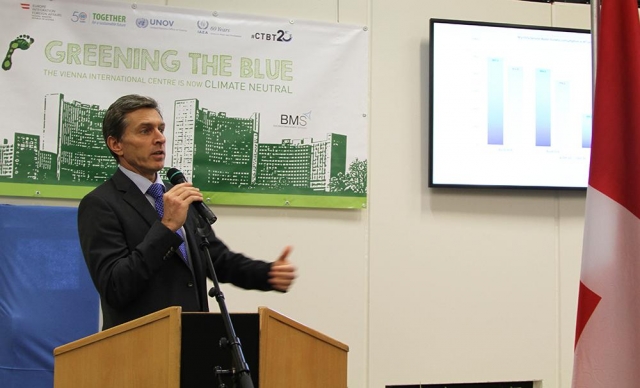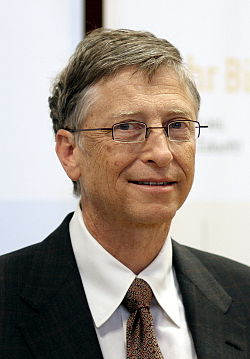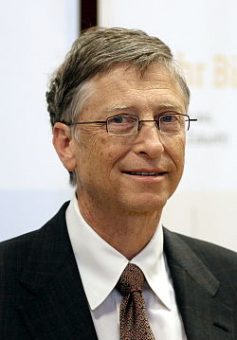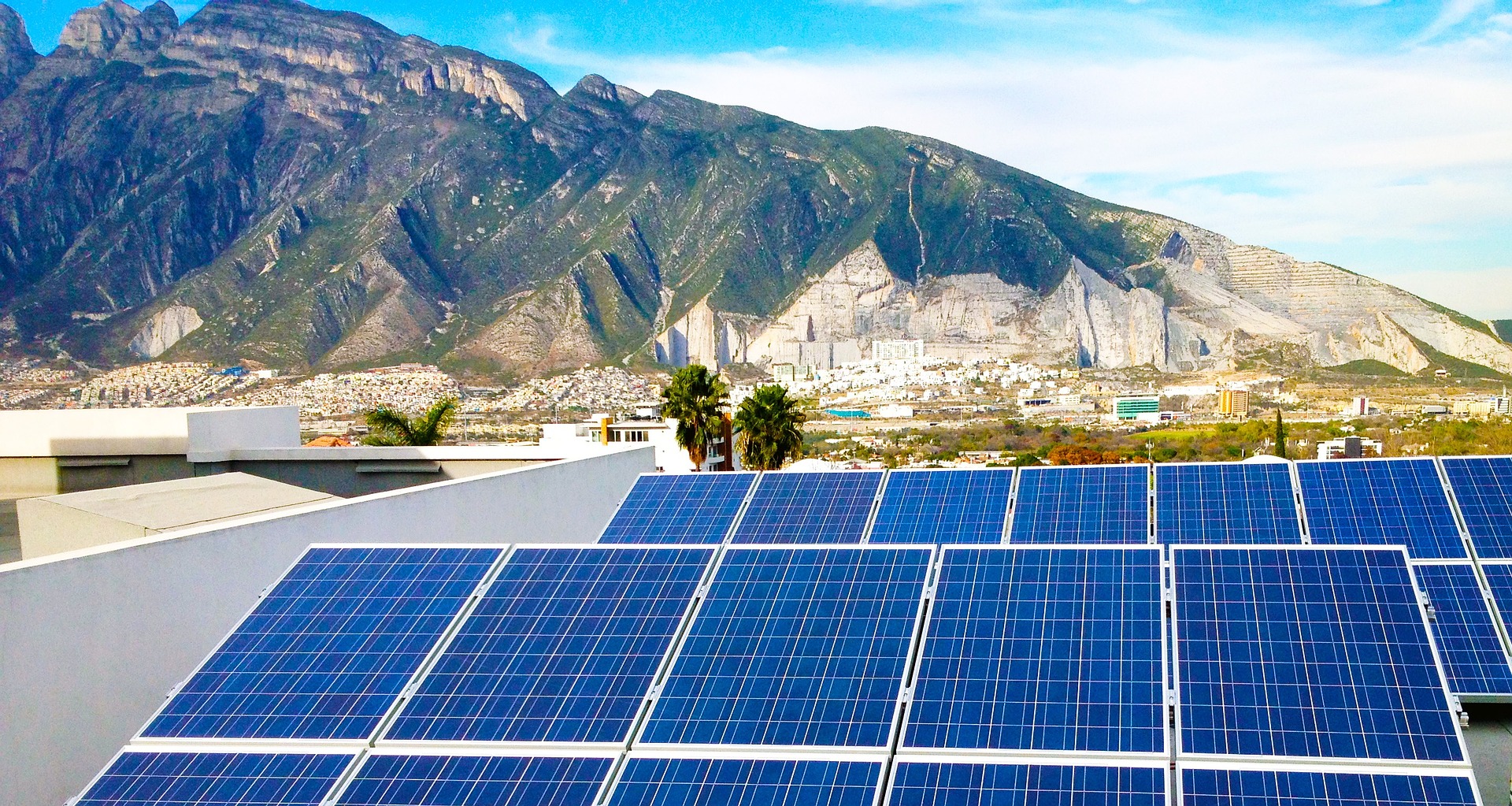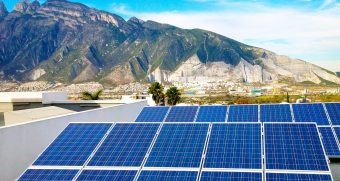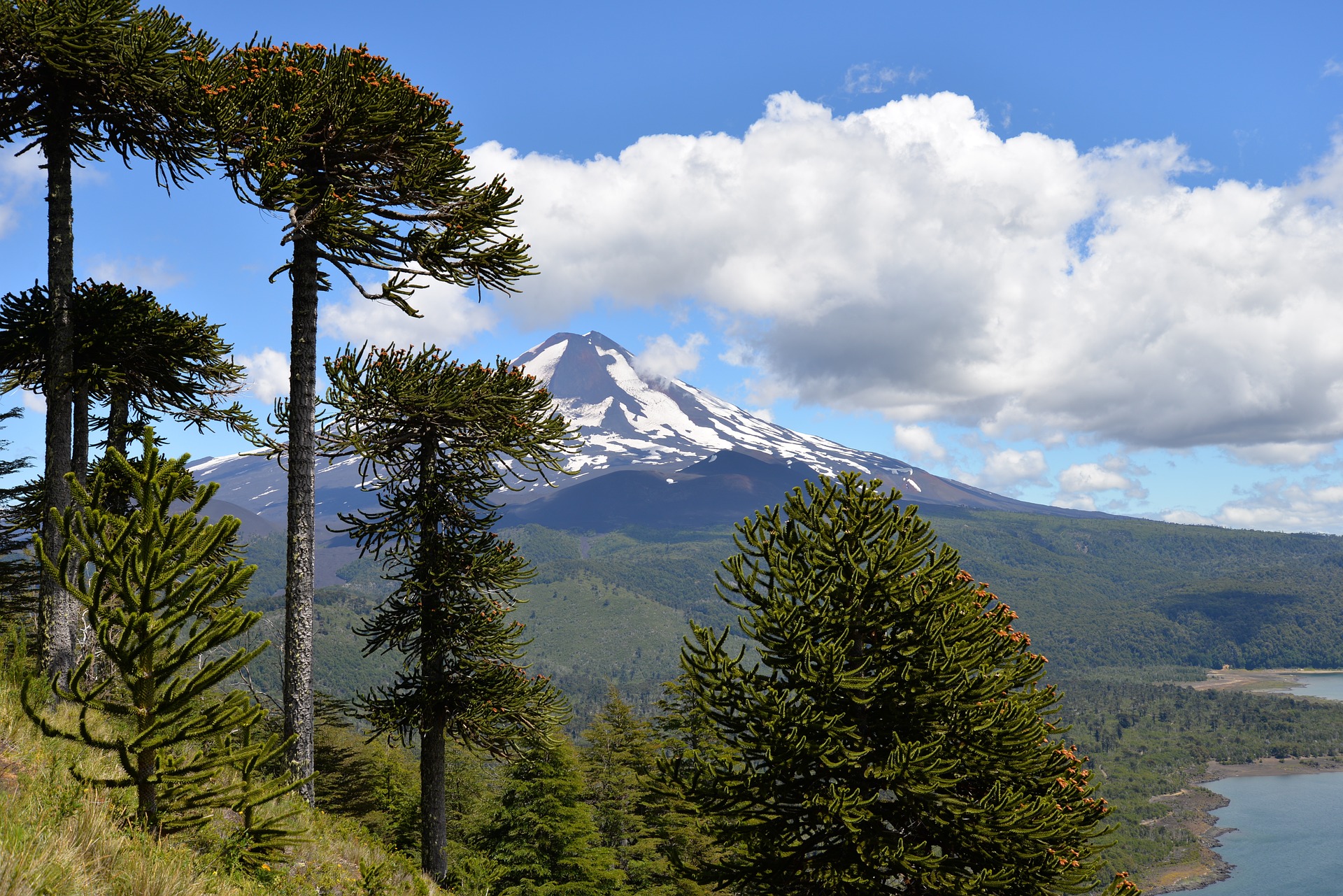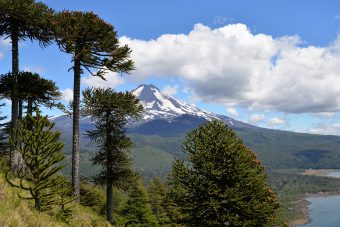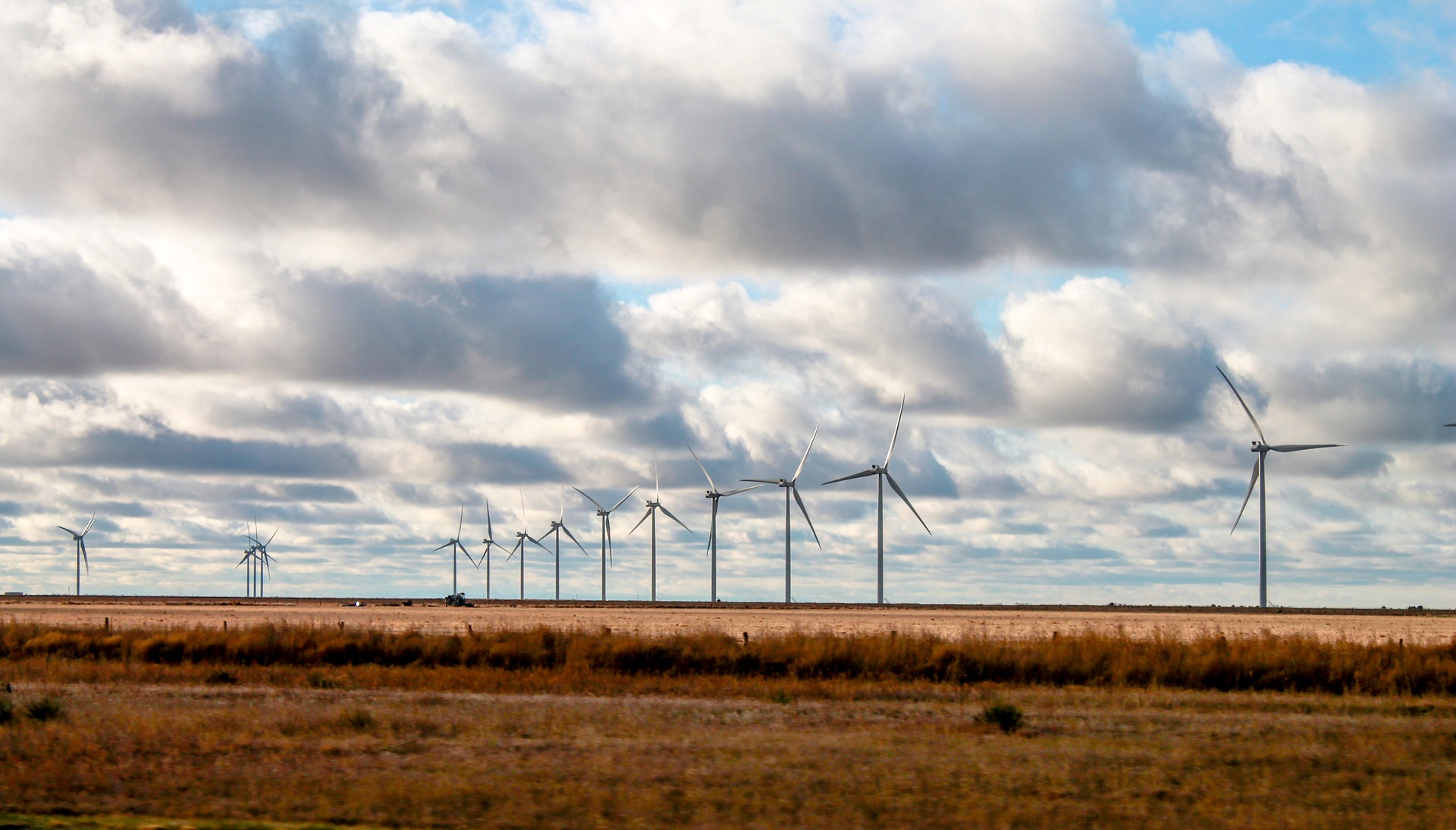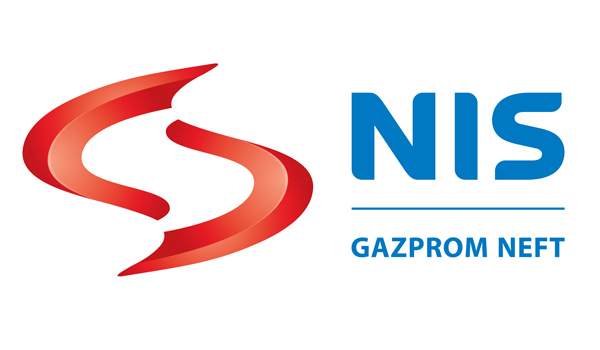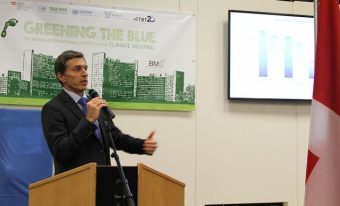
On the eve of the recent UNIDO 50th anniversary week, the Vienna International Centre (VIC) inaugurated a state-of-the-art energy data centre donated by Switzerland. The data centre replaced the World Clock, also a Swiss gift, which the VIC received when it opened in 1979.
Positioned in the VIC Rotunda, the data centre shows – in real terms and in the real-time mode – the impact of the greening measures taken by the UNIDO-run Buildings Management Services (BMS) to reduce energy and water consumption and increase energy efficiency at the VIC.
“We thought that our new gift should bring additional value to the VIC community and have a connection to the Swiss strengths and values. The invitation of the VIC Buildings Management Services to finance an energy data centre in the Rotunda was very attractive. Energy and energy data are among the most important policy issues in Switzerland. Just like in our watch sector, in the field of energy we are resolute to remain a top performer internationally,” said Walter Steinmann, Governor of Switzerland on the IAEA Board of Governors and former Director of the Swiss Federal Office of Energy.
Steinmann unveiled the energy data centre together with Janice Dunn Lee, Deputy Director General at the IAEA, and Diego Masera, Chief of the BMS, which is responsible for the safe and reliable operation, maintenance, improvements, repairs and replacements in the VIC.
The IAEA’s Janice Dunn Lee, who also heads the organization’s management department, believes that the energy data centre is a visible way of communicating the “Greening the UN” initiatives.
She said: “The energy data centre gives staff and visitors real-time information on energy consumption and conservation. It will help all organizations within the VIC to stay focused on their responsibility for carbon neutrality. It will also help convey the United Nations global accountability for leadership on the environment.”
“Greening the blue” (“Greening the UN”) is an initiative of UN Secretary-General Ban Ki-moon setting a deadline for all UN agencies to achieve a system-wide net-zero climate footprint by 2020.
UNIDO’s Masera said: “This is part of our efforts to green the VIC. The screen will inform staff and visitors of our environmental performance. It will serve to sensitize staff about our electricity, water, heating and cooling energy consumption and will provide tips to staff to help in reducing them.”
The Vienna International Centre consists of offices, conference rooms, common services, and associated technical facilities. It is spread over a ground area of 180,000 m² and has a gross floor area of 380,000 m². In 2015, the VIC accommodated around 4,700 staff and 574,000 visitors, including conference participants, resulting in a daily average occupancy of 7,300 people.
Source: unido.org


